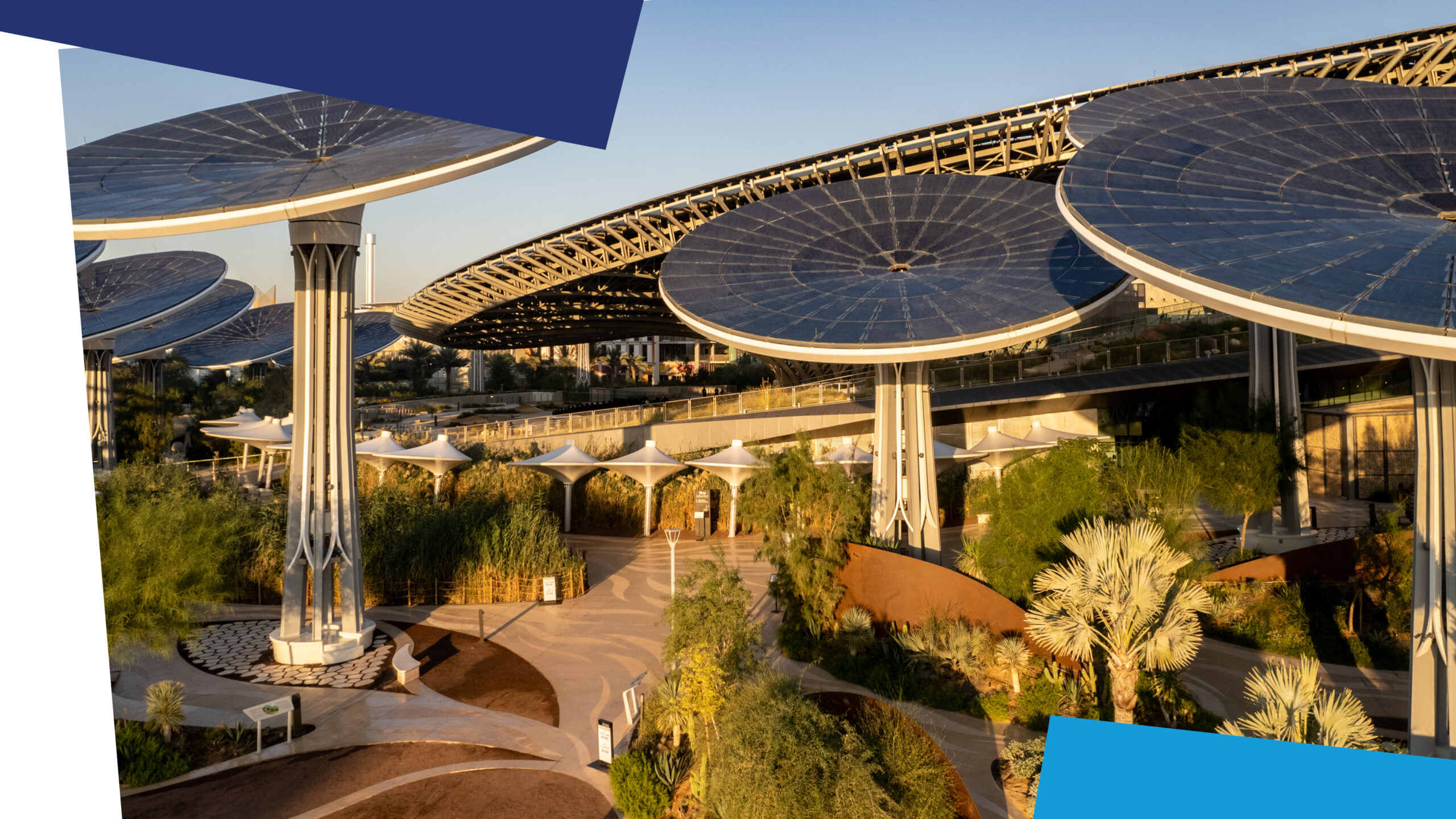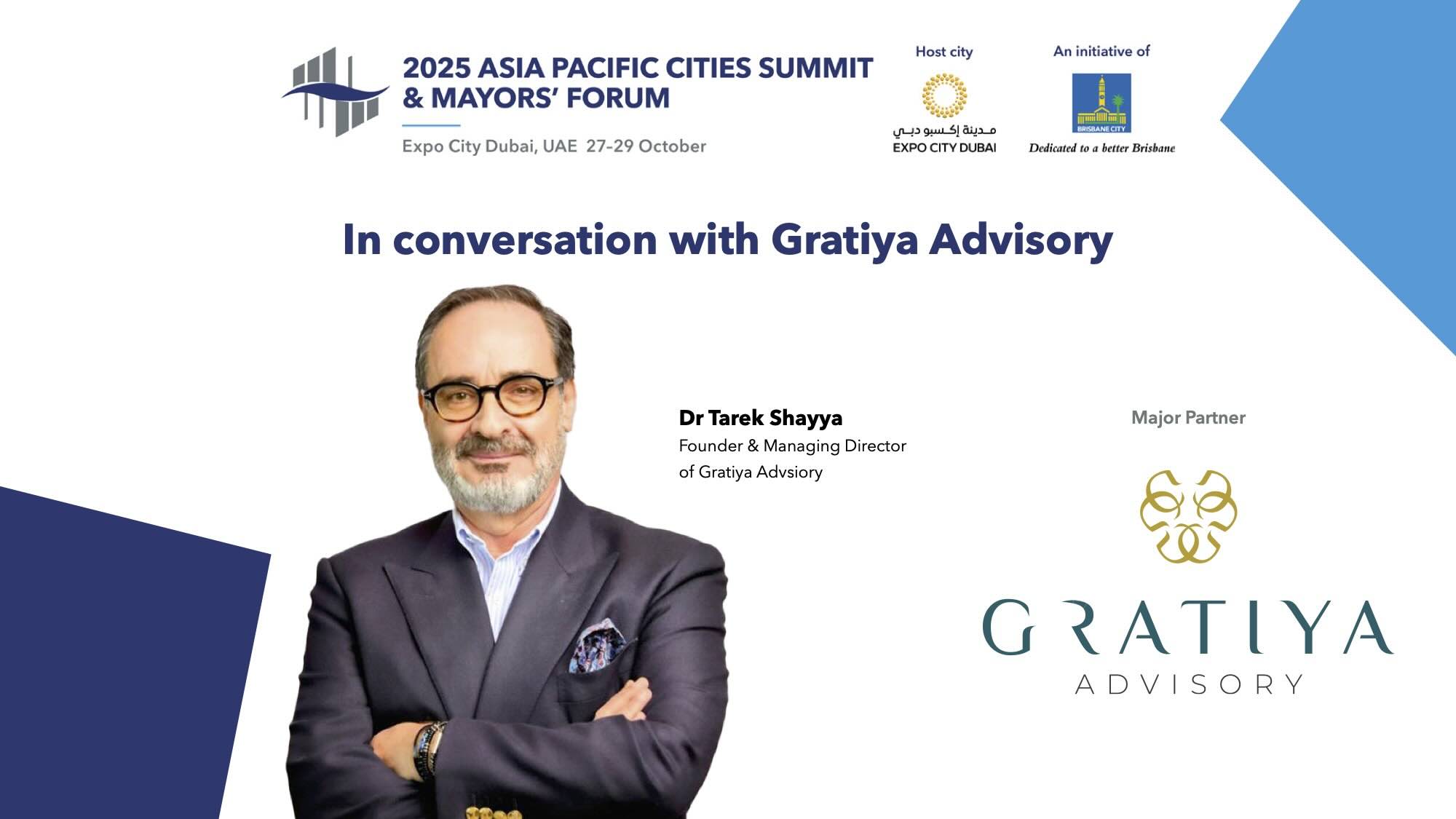Today’s cities stand at a crossroads. As urban populations swell—with 7 in 10 people projected to live in cities by 2050—the old debate pits economic growth against sustainability, as if the two were incompatible. But what if the most forward-thinking cities are proving this false dichotomy wrong?
The Double-Edged Sword of Urbanization
Density, connectivity, and economic diversification fuel urban progress, yet these same factors can amplify vulnerabilities: crumbling infrastructure under climate stress, disjointed policies, and growth that sidelines community well-being. Too often, cities chase short-term gains—whether in GDP, foreign investment, or skyline expansion—while neglecting the human and environmental foundations of long-term resilience.
The result? A cycle where ambitious sustainability pledges falter when quick returns aren’t visible, pushing cities back toward extractive models. But the cost is clear: widening inequality, ecological strain, and communities fractured by displacement or disinvestment.
The Human-Centric Alternative
The solution lies in redefining urban success. Progressive cities are shifting focus from rigid metrics to living ecosystems where people, businesses, and nature thrive together. This requires:
- Collaborative Governance
Breaking silos between governments, businesses, academia, and grassroots groups to align policies with lived needs. For example, participatory budgeting lets communities direct infrastructure spending, while public-private partnerships can scale green energy projects without sacrificing affordability. - Resilient Design
Aging infrastructure must adapt to climate shocks—not just withstand them. Cities are integrating nature-based solutions (like flood-absorbing parks) and circular economies (where waste becomes resources) into urban planning. - Equitable Growth
Economic activity should uplift, not displace. From inclusive zoning laws to workforce programs in green industries, cities are proving that prosperity needn’t come at the expense of livability.
Measuring What Matters
True progress isn’t just in GDP or skyscrapers—it’s in citizen well-being, cultural vitality, and ecological balance. Forward-looking cities are adopting new benchmarks:
- Air quality and access to green spaces
- Affordable housing and transit equity
- Community trust in institutions
When a city’s “performance” is tied to these outcomes, the choice between growth and sustainability dissolves. A solar-powered transit system, for instance, cuts emissions while creating jobs and improving mobility for low-income residents.
The Path Forward
The urban centers leading this charge share a trait: they plan for 2050, not just the next election cycle. They recognize that resilience isn’t a cost but an investment—one that pays dividends in stability, innovation, and social cohesion.
The call to action is clear: Cities must abandon outdated zero-sum thinking. By embracing human-centric design, cross-sector collaboration, and holistic metrics, they can build futures where economic dynamism and environmental stewardship fuel each other—and where every resident has a stake in success.
The 21st-century city won’t be defined by its skyline, but by its ability to harmonize ambition with equity, and growth with regeneration. That’s the urban revolution we need.



